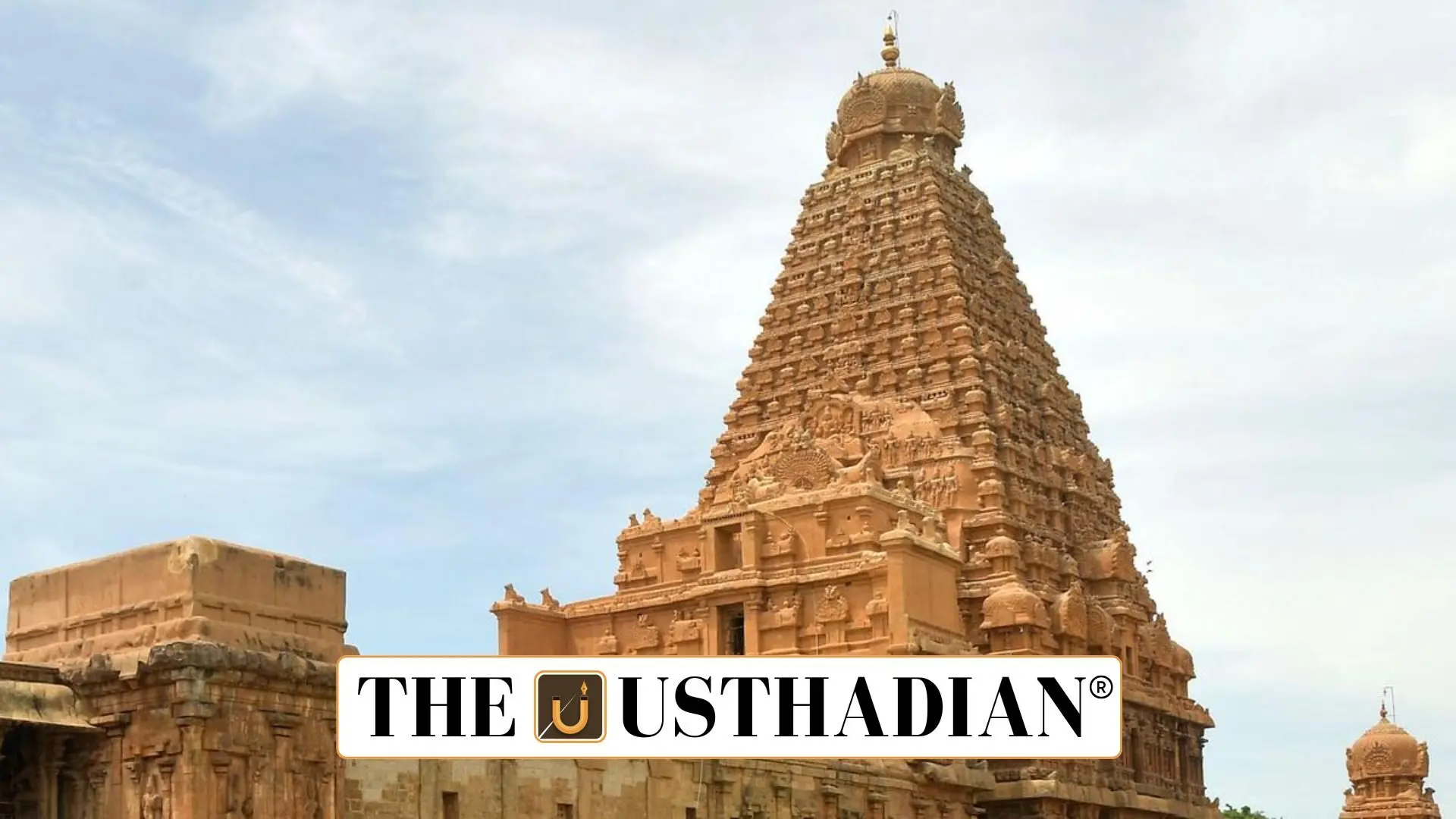Supreme Court Involvement in Temple Identification
Supreme Court Directive on Agamic Temple Identification in Tamil Nadu: The Supreme Court of India has directed a time-bound initiative to distinguish Agamic temples from non-Agamic ones in Tamil Nadu. The court’s instruction follows rising concerns over religious autonomy and proper governance of temples under the Hindu Religious and Charitable Endowments (HRCE) Department. The identification must be completed within three months and will play a pivotal role in defining the applicability of religious customs and appointments.
Purpose and Immediate Implications
The apex court has made it clear that once the identification is completed, the status quo in temple priest appointments must be maintained for Agamic temples. This means no new archakars (priests) should be appointed in temples identified as Agamic, at least until further judicial decisions are made. The move intends to respect the traditional religious practices rooted in Agama Shastra, which outlines elaborate rules for rituals, temple architecture, and priest qualifications.
Committee Led by Justice Chockalingam
The temple identification exercise will be conducted by a committee formed by the Madras High Court and headed by retired Justice M. Chockalingam. This committee will carry out a systematic classification of temples under the Tamil Nadu HRCE Department, distinguishing between those governed by Agamic traditions and those that are not. The process is expected to include field verification, consultation with religious scholars, and reference to Agamic texts.
Legal and Cultural Significance
This decision holds major cultural and legal significance for Tamil Nadu, where temple administration is deeply intertwined with religious rights and government oversight. The court’s directive is seen as an attempt to balance secular governance with religious freedom, ensuring that appointments in Agamic temples are not made in violation of traditional practices. It also responds to petitions filed regarding the appointment of priests from all castes in temples, a move that has stirred debates around religious autonomy and social equality.
STATIC GK SNAPSHOT
| Topic | Details |
| Court Involved | Supreme Court of India |
| Target of Action | Identification of Agamic vs Non-Agamic Temples |
| State Concerned | Tamil Nadu |
| Responsible Committee Head | Justice M. Chockalingam (Retd.) |
| Appointed By | Madras High Court |
| Temple Governance Body | HRCE Department (Hindu Religious & Charitable Endowments) |
| Religious Tradition Involved | Agama Shastra |
| Interim Action Ordered | No archakar appointments in Agamic temples |
| Time Frame Given | Three months for identification process |








